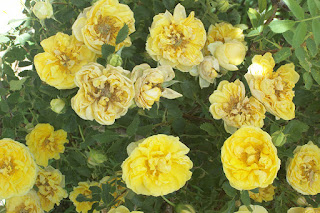My resolution is to never start something in-depth at the beginning of the busiest season in the mountains.
Sincerest apologies for a blog that appeared to start and suddenly stopped - I assure you, it hasn't yet begun. When I began Curious Kitty, I had everything set to go ... and then Summer and Life interjected.
Granted, some of what prevented me from beginning with a great start has me armed with tons of guide, tutorial, tip, and other goodie fuel. Seriously, there's some cool stuff brewing.
Look for Curious Kitty to wake from her long nap at the end of January, and enjoy all the festivities of the holidays and New Year.
Blame the Delay On:
Total Side-off Exterior Replacement: This was the biggest part of the delay and the most surprising one. Not only were we shocked to find an amazing contractor living in our neighborhood, but even moreso by how amazing the quality of work for such great prices he offers.
In a nutshell, a montage of our total remodel that, essentially, created the foundations of a completely new house.
 | |||
| Click for full size view |
Interior Remodeling: While things were going on outdoors and we had no windows and at one point not even doors, we decided to tackle a few indoor projects.
 |
| Click for full size view |
Landscaping: This was a little precarious and we didn't get nearly as much accomplished this year as we wanted, but with all of the exterior wall work going on, window replacements, etc. it simply wasn't possible. So we did what we could and are pretty proud of the results.
 |
| Click for full size view |
There is more ... oh so much more! It's itching to pour out but it will be coming in doses small and large and on a regular basis beginning at the end of January.








































